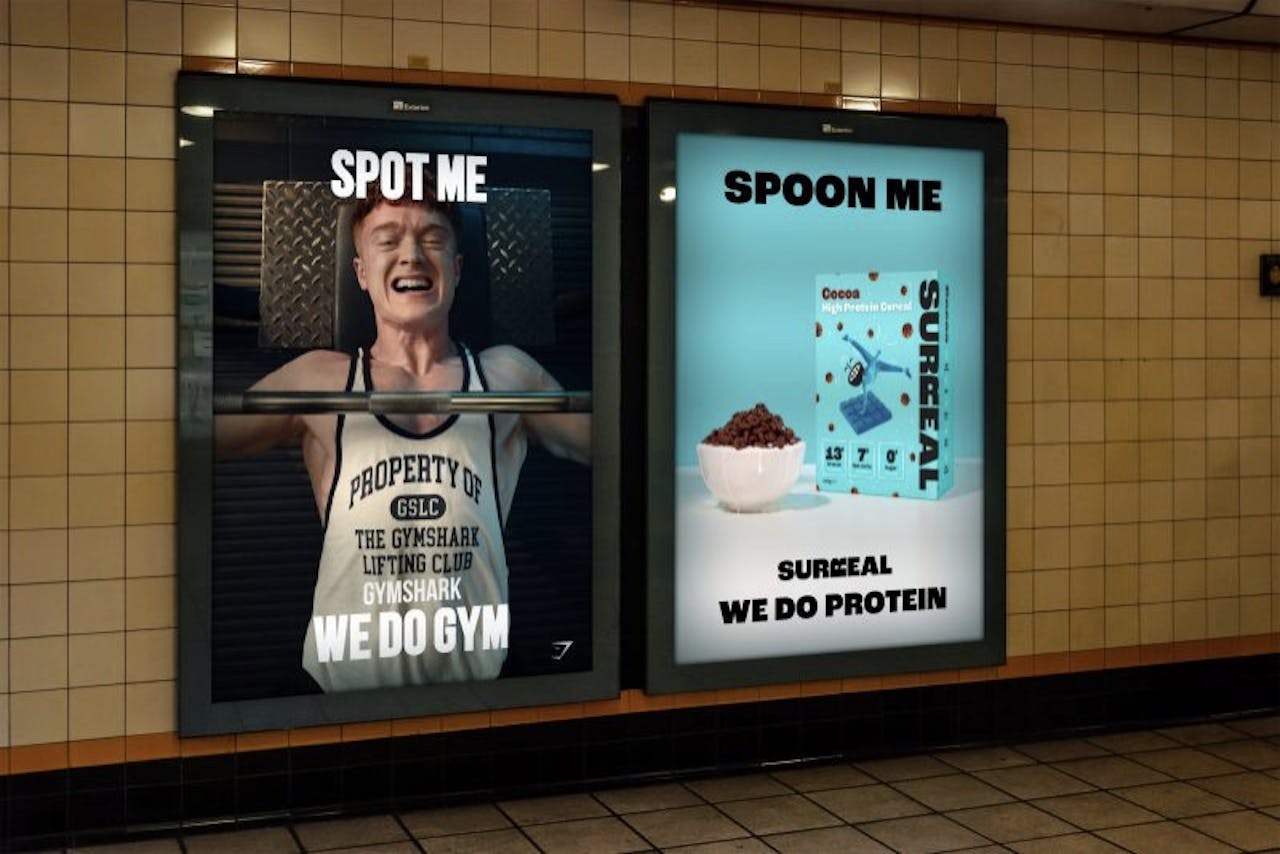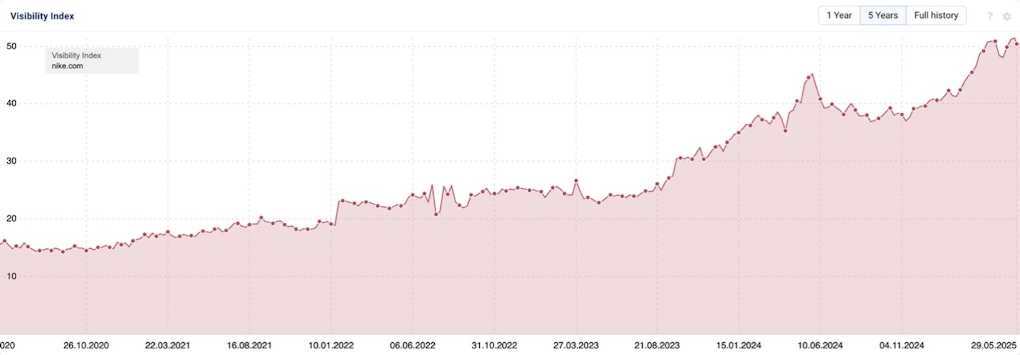
With change underway in search rankings, marketers must remember a fundamental truth, says Dave Peiris of Propeller. People trust brands.
When AI tools started taking off, Google faced a serious problem: the risk of its search results being flooded with AI-generated spam. If left unchecked, the world’s most-used search engine would lose trust – and with it, revenue. Search drives almost 57% of Alphabet’s income, totaling over $198bn annually. And that revenue was at risk.
AI spam isn’t like old-school SEO spam. It’s better written, harder to detect, and convincing enough to fool algorithms. But that’s exactly the problem – content that’s good enough for algorithms isn’t always good enough for people.
It was an existential threat to Google, and they had to act fast.
Want to go deeper? Ask The Drum
You have spam
To fight AI spam, I believe Google doubled down on something it’s always relied on – real user behavior.
Google tracks things like clicks on search results to understand what content people find useful. Google has likely used click data for years, with antitrust trial documents naming it one of the three pillars of their ranking system. But I believe this signal was dialed up significantly to help combat the rise of AI spam. Behavioral signals like click-through rate and dwell time are hard to fake.
But dialing up user signals comes with a drawback: people are more likely to click on brands they recognize. Over time, that means large brands benefit – not because their content is better, but because their names are more familiar. This would explain why so many large brands saw noticeable visibility gains in Google in 2023, while lesser-known brands dropped out of the results entirely.

Brand recognition
We wanted to see what impact brand strength has on click-through rate in Google’s organic search results. One of our clients in the travel space has a reasonable brand – they’ve been around for a very long time, have a high street presence, are big enough to run TV ads, and are respected in the category. But their biggest competitor is extraordinarily well known. They own an airline. They are searched for over nine times more frequently than our client.
We analyzed the rankings of thousands of non-brand keywords and put them into two groups. Group A included the keywords that our client ranked in the top three of Google for, and the big competitor did not. Group B included the keywords where both our client and their competitor appeared in the top three.
We found that when we were up against our big competitor, our click-through rate fell by 29%. As searchers, it’s very likely we click on the name we recognize. And Google ranks what people trust. People trust brands.
It’s not just traditional search that’s being reshaped by AI. With the rise of ChatGPT and the rollout of Google’s AI Mode, brand matters even more.
AI tools draw from vast quantities of content during training and retrieval. If your brand appears frequently alongside a given category, then the AI systems will be more likely to associate you with that topic and will be more likely to reference you in the answer. If your brand wasn’t in the training data, it’s unlikely to appear.
The brands that will be visible in AI-generated answers will be the ones that have invested in awareness and authority.
Commercial benefits
For years, companies have been investing heavily in short-term performance marketing at the expense of long-term brand marketing. It’s easier to make the case for performance marketing because you can see an immediate, direct return, and it’s easy to measure. It looks like the safe choice. But it’s not. You can’t performance-market your way out of obscurity.
There are very strong commercial benefits to having a well-known and trusted brand. A strong brand lets you charge a premium, giving you higher margins. It drives more branded search and direct traffic, which lowers your customer acquisition cost. It improves trust, which can lead to a higher repeat purchase rate and a better lifetime value. And a recent study by Tracksuit and TikTok found that companies with high brand awareness had noticeably better conversion rates.
And there are intangible benefits too. Strong brands are less volatile during recessions, and can recover faster, recruiting is easier and cheaper, and you’re more likely to get written about by journalists.
Targeting budget
You don’t need a TV budget to build a brand – although with limited spend, you’ll need to be creative.
You can start by allocating 10-15% of your performance budget to upper-funnel creative. Use it to tell your brand story on YouTube or Meta, or spotlight real customer feedback.
Rethink retargeting – instead of pushing discounts, show your founder story, social proof, or the product in real-life situations.
Try unconventional channels. Reddit Ads, tailored to each subreddit’s tone, can be surprisingly effective. Spotify Audio Ads offer affordable brand recall and are easier to produce than video.
Brand collaborations – like Surreal x Gymshark – aren’t about direct sales. They earn attention, headlines, and memorability without big media buys.
With a smart approach, even small budgets can build strong brands. So, what next?
AI is reshaping every channel, but it hasn’t changed a fundamental truth: people trust brands. As a CMO, brand isn’t a vanity project – it’s your core strategy. Without brand recognition, your performance marketing suffers, your SEO stalls, and your competitors pick up your lost sales.
Brand is the only shortcut people still trust. Ignore it, and you risk becoming invisible.
Suggested newsletters for you
Daily Briefing
Daily
Catch up on the most important stories of the day, curated by our editorial team.
Weekly Marketing
Friday
Stay up to date with a curated digest of the most important marketing stories and expert insights from our global team.
The Drum Insider
Once a month
Learn how to pitch to our editors and get published on The Drum.







